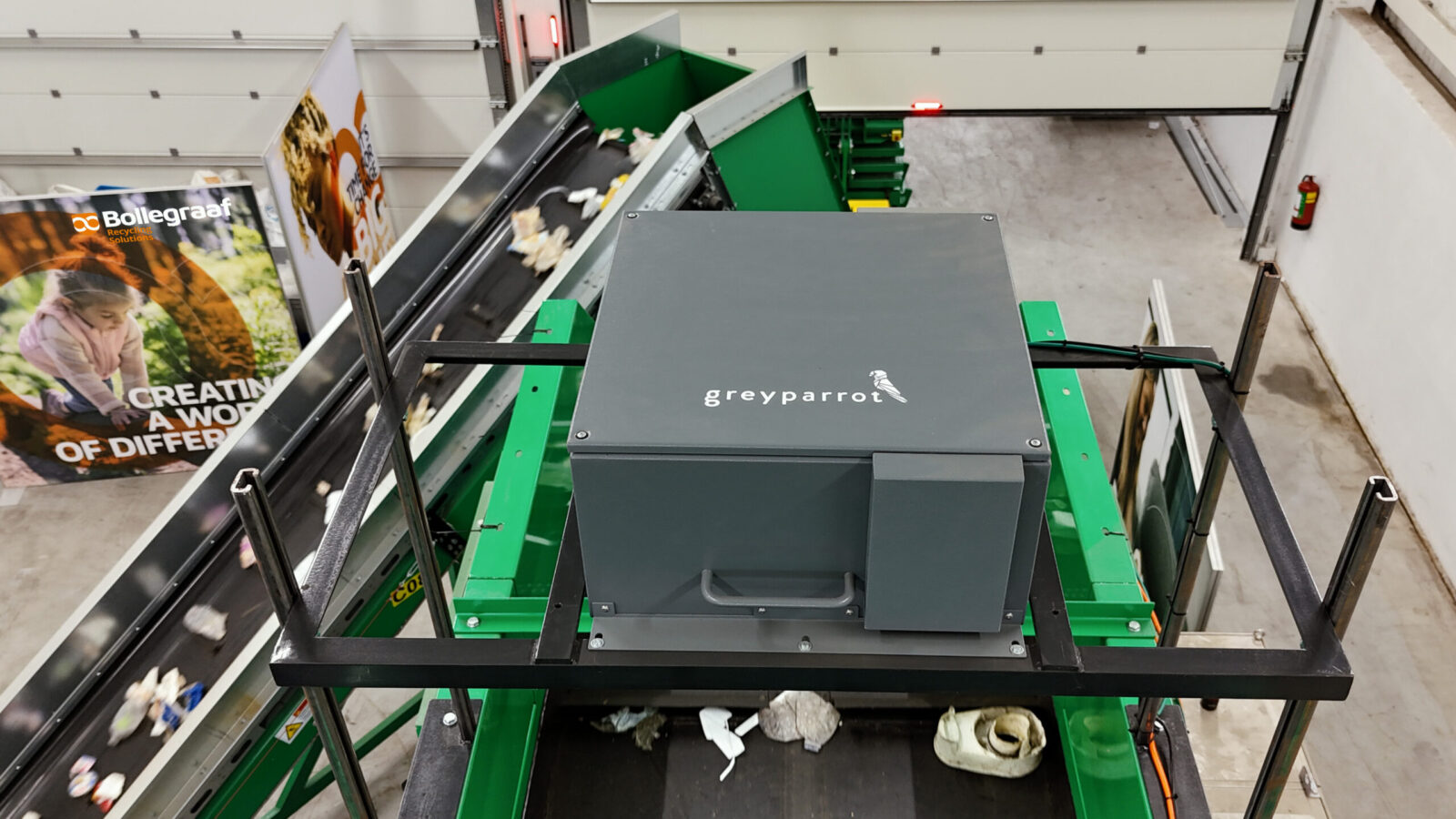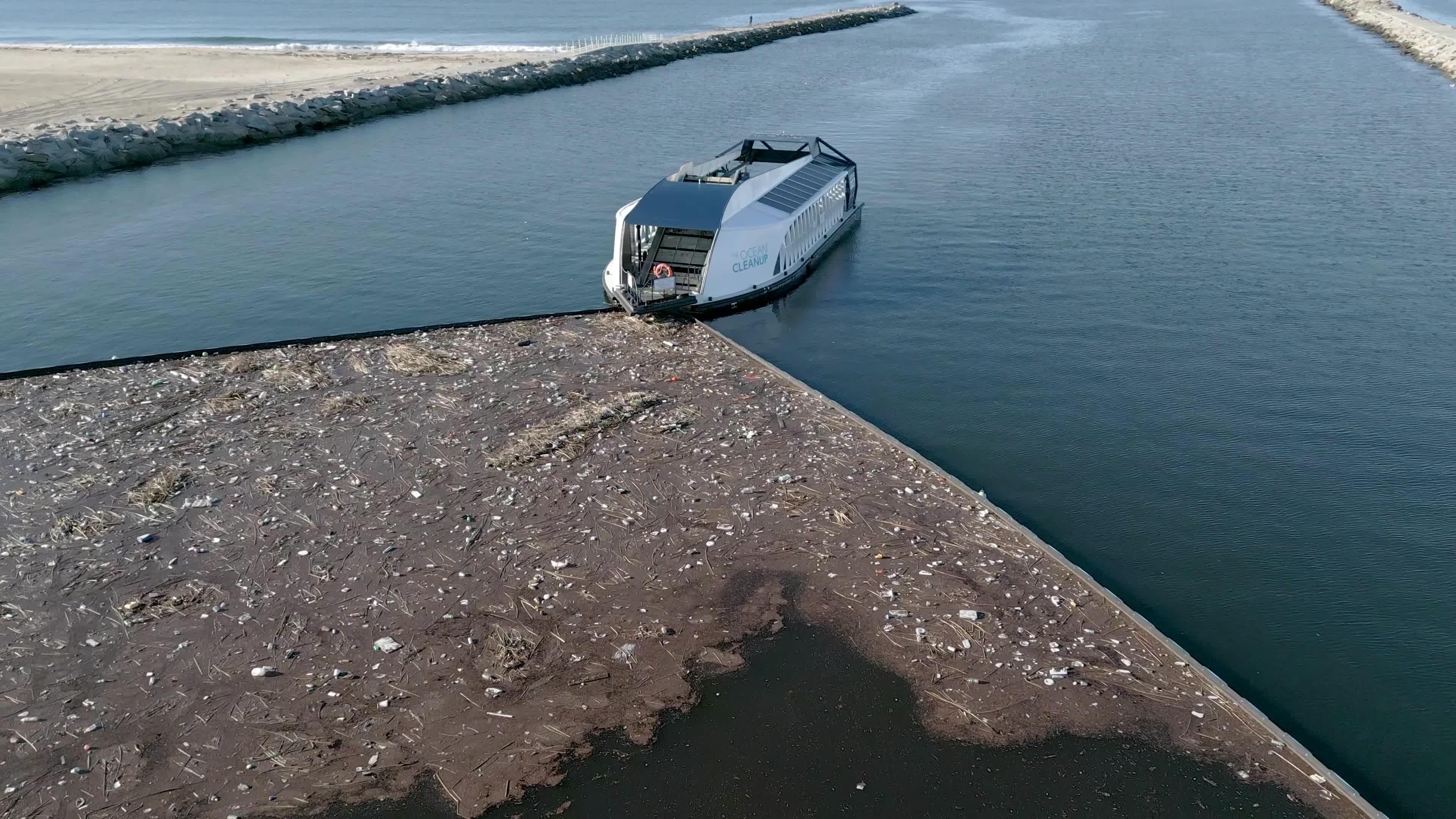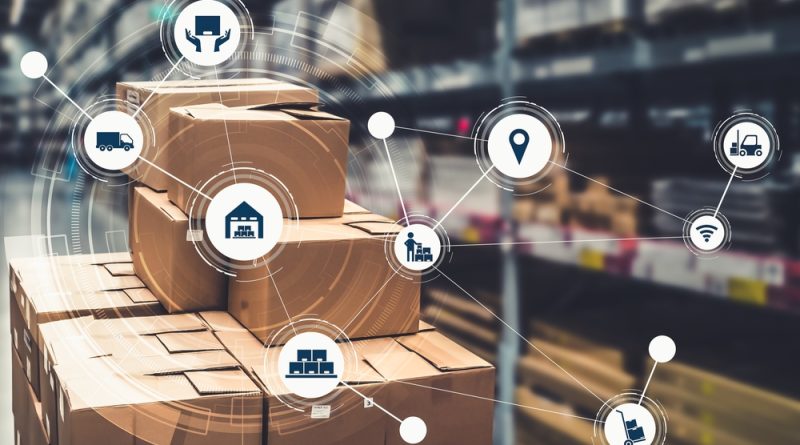
The fight against climate change demands a multi-pronged approach. While clean energy solutions and sustainable practices are crucial, artificial intelligence (AI) is emerging as a powerful tool in this global battle. From monitoring environmental changes to optimizing energy use, AI is making significant contributions to a greener future. This article explores five key ways AI is helping tackle climate change.
1. Using AI To Recycle Waste
Another AI system is aiding in combatting climate change by enhancing the efficiency of waste management processes. As per the United States Environmental Protection Agency, waste is a significant methane producer and contributes to 16% of worldwide greenhouse gas (GHG) emissions.
Grey Parrot, a software startup located in London, has created an AI system designed to assess waste treatment and recycling facilities to optimize the recovery and recycling of materials. In the year 2022, the company monitored 32 billion waste items within 67 waste categories and estimated that, on average, about 86 tonnes of material that could be recycled is presently being disposed of in landfills.
Furthermore, by reducing energy consumption, recycling waste is the one of most important strategies for mitigating climate change

2. AI Can Predict Climate Change Impacts
AI can analyze historical climate data and complex weather patterns to create more accurate climate models. These models can predict the potential impacts of climate change on different regions, allowing for proactive planning and adaptation strategies.
In São Paulo, Brazil, a company called Sipremo is using AI to predict where and when climate disasters will occur, and what type of climate disasters they will be.
By analyzing climate data and infrastructure vulnerability, AI can help identify areas at high risk of floods, droughts, or wildfires. Thus, they can use this information to develop targeted risk mitigation strategies and prepare communities for potential climate shocks.
AI can analyze real-time data during natural disasters like floods or wildfires. This data can be used to optimize emergency response efforts, allocate resources efforts, allocate resources efficiently, and minimize damage and loss of life.

3. Using AI To Clean Up The Ocean
The Ocean Cleanup, an environmental group in the Netherlands, employs artificial intelligence and other innovative technologies to assist in the removal of plastic waste from the ocean. By utilizing AI to identify and map debris in distant ocean areas, the organization can efficiently target and collect litter, improving upon traditional cleanup techniques involving trawlers and airplanes.
The presence of plastic pollution in the ocean not only pollutes marine ecosystems but also exacerbates climate change by releasing greenhouse gases and causing harm to wildlife.

4. Using AI For Sustainable Supply Chain Management
- Mapping and Monitoring Supply Chains: Using AI to map complex supply chains and identify areas with high environmental footprints. This allows companies to identify opportunities for reducing emissions and promoting sustainable practices throughout their operations.
- Optimizing Logistics and Transportation: AI can analyze traffic patterns and optimize logistics routes, leading to reduced fuel consumption and emissions from transportation activities.
- Fraud Detection and Sustainable Sourcing: Using AI to detect illegal activities like deforestation or unethical sourcing practices within supply chains. This helps ensure transparency and promotes sustainability throughout the entire value chain.

5. How can AI Help Industry Decarbonize – Solving Climate Change
AI is revolutionizing the industry by tackling emissions at their source. By optimizing energy use, predicting equipment failures, and streamlining processes, AI is significantly reducing the carbon footprint of manufacturing, power generation, and transportation.
Artificial intelligence is employed to assist businesses in the metals and mining, oil, and gas sectors in reducing the carbon footprint of their activities.
Eugenie.ai, a company located in California, has created a system for monitoring emissions that integrates satellite pictures with information from machinery and operations. By scrutinizing this data, AI aids companies in monitoring, identifying, and minimizing their emissions by around 20-30%. It is estimated that industrial fields contribute about 30% of the world’s greenhouse gas emissions.

Conclusion
While AI is a powerful tool, it’s important to acknowledge that it is not a silver bullet. Ethical considerations in data collection and algorithm development are crucial. However, by harnessing the power of AI responsibly, we can accelerate the transition to a more sustainable future and create a positive impact on our planet.


